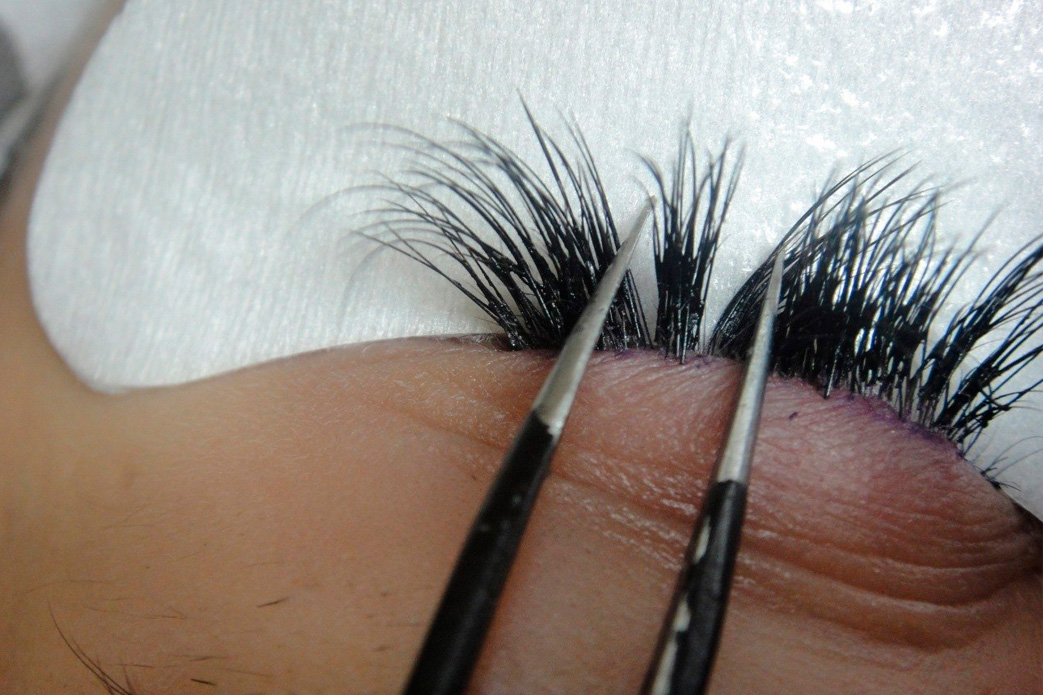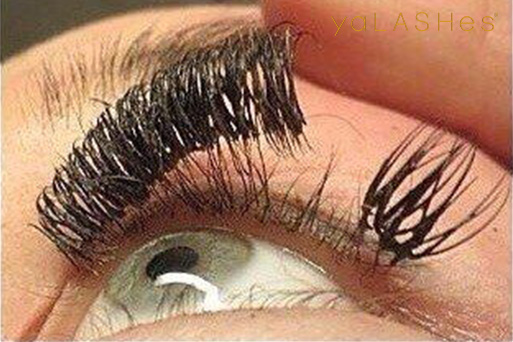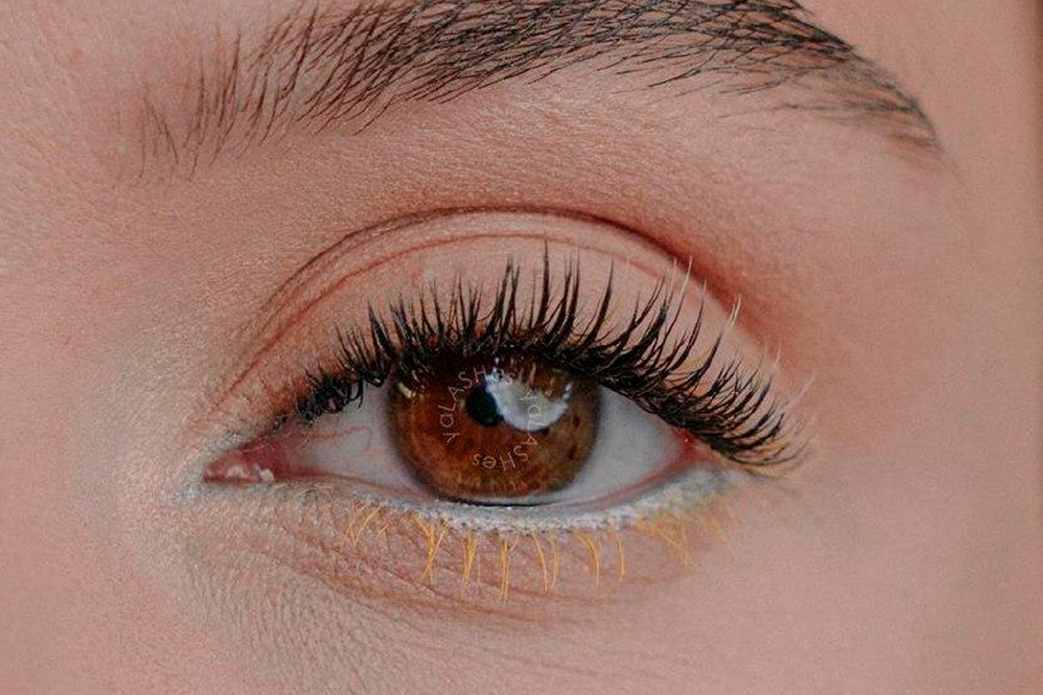Sticking in Eyelash Extensions: Not Just a Mistake, but a Reason to Continue Learning

Even experienced lash stylists encounter sticking. Not every case is the obvious “monolithic” work. Sometimes, just one or two lashes are invisibly stuck together.
At first glance, everything seems perfect: the lash shape is beautiful, the client is happy. But after just a few days, complaints arise:
“The brush gets caught,”
“It pulls,”
“It feels uncomfortable when I blink.”
Almost always, the cause lies in invisible sticking.
Why Sticking is No Small Matter
When one lash sticks to another, it often goes unnoticed at first. But lashes grow at different speeds. The faster-growing one begins to pull on the slower one after a few days.
First, they start to tilt, then the weaker one gets pulled out.
The result: this “construction” droops, tickles the eyelid, or catches on the brush. The risk of losing both lashes increases.
If the hair follicle is damaged in the process, a new lash may no longer grow in that spot. Over time, the lash line becomes thinner.
So sticking is not just a technical flaw.
It affects wearing comfort, the health of the natural lashes — and your reputation as a professional stylist.
A true professional not only knows how to avoid sticking, but also how to detect and remove it.
How Does Sticking Occur?
Sticking happens when two or more lashes adhere together — usually due to mistakes in isolation or glue application. Particularly problematic are stickings between lashes in different growth phases.
They disrupt natural growth and can lead to lash loss.
Pro Tip: If, after the client opens their eyes, individual lashes or fans are out of alignment, won’t brush through, or stick out — there is a high chance of sticking.
Types of Sticking and Their Consequences

1. Two natural lashes stuck with one extension
→ Happens when the second natural lash is overlooked during isolation or the isolation tweezers are released too soon.
Consequences: pulling sensation, pain, lash loss. Common causes: poor isolation, bad lighting, rushing.
2. Sticking with a young (anagen) lash
→ Especially dangerous: the still-weak lash begins to grow and pulls the other along.
Consequence: Possible follicle damage. Without precise technique, this can become a repeated error with long-term effects.
3. Two or more extensions stuck together
→ Caused by working too fast. A still-wet extension attaches to one that has just been applied.
4. Sticking at the tips of the extensions
→ Often barely visible but noticeable and unpleasant when brushing.
Cause: Glue residue on the back of the tweezers.
5. Mass sticking

→ Happens during lash-to-lash technique combined with too much speed.
Not fully dried lashes are pushed toward the next lash with the isolation tweezers, causing them to stick together.
This technique requires precise separation — we teach it in our eyelash extension courses.
How Clients Notice Sticking
Visually: lots of crossing lashes, heaviness, asymmetrical look, loss of lightness.
Physically: pulling, tickling, pricking, difficulty brushing.
Health-wise: lash loss, follicle overload, inhibited growth.
❗ An unhappy client will talk about it more often than ten satisfied ones. And your reputation is your capital.
How to Avoid Sticking
Sticking doesn’t happen by chance — it’s caused by inaccurate technique or lack of control. Pay attention to:
- one extension or fan per natural lash,
- correct amount of glue,
- optimal lighting (use glasses if needed),
- working calmly and in control — no rushing,
- and above all: check with tweezers, not just with the brush!
Pro Tip: Brushing alone is not enough for checking.
In our training courses, we show you how to detect and remove even the smallest stickings with tweezers.
How We Teach This in Our Courses
In our basic and advanced courses, you will learn:
- correct seating position so you can see everything and reach everywhere with tweezers,
- efficient and clean isolation,
- precise glue pickup and application,
- technical checks for sticking and other errors,
- error analysis — and how to eliminate mistakes for good.
If you’re constantly struggling with sticking:
Don’t put it off.
Take the next step and learn how real professionals work.
We’ll show you how to catch mistakes before they ruin the result.

Clean Work Is Not Magic
It’s the result of technique, attention, and regular practice — under professional guidance.
Now is the perfect time to take the next step.
We have a very attractive offer: 1+1 = 1
Sign up with a colleague for our training and learn together for the price of one!
More information is available here.
